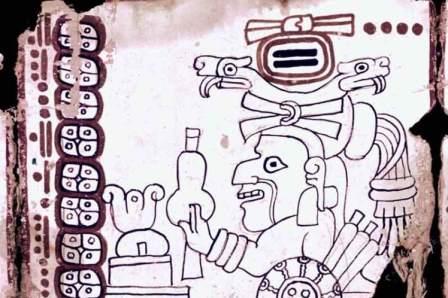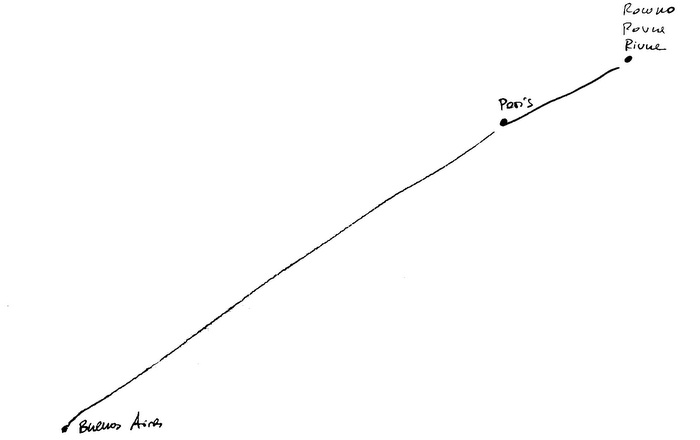Washington.- Researchers of Brown University have verified the authenticity of an ancient Maya text from the 13th century, solving the long-standing riddle of whether the mysterious fragment was actually genuine.
The Grolier Codex, thought to have been uncovered by looters in the 1960s, has long been treated with suspicion by archaeologists and historians, but a new analysis of the text suggests that it is both genuine and the oldest known manuscript written in the Americas.
Whereas the other surviving Maya codices were found during the 19th century, the Grolier long stood out as a potential fake, only coming to light in the late 20th century.
The pages were reportedly found by looters in a cave in Chiapas, Mexico, before findings its way into a private collection.
The codex takes its name from the Grolier Club in New York City, where it was displayed in the 1970s, but ever since its discovery, researchers have debated whether or not the pages were a forgery, cunningly designed to emulate the style of ancient Maya writing, illustrations, and materials.
Other items found in the cave alongside the Grolier Codex included a small wooden mask and a sacrificial knife. But while these items were long ago recognised as authentic, the Grolier itself remained disputed in academic circles.
The reserchers team reviewed all known research on the codex, 'without regard to the politics, academic and otherwise, that have enveloped the *Grolier*', they explain in their paper.
The researchers analysed the origins of the manuscript, examined its use of illustrations and iconography, and compared its craftsmanship to the known stylings of Maya painters.
The team also carbon-dated the pages, which revealed that the Grolier actually pre-dates the more established Maya codices: the Dresden, Madrid, and Paris codices, named after the cities where they are kept.
The carbon dating puts the manuscript as originating in the 13th century, and the analysis of the text suggests a forgery in the 1960s would have been almost impossible, requiring knowledge of aspects of Maya culture that were not discovered by historians and scientists until later on in the 20th century.
Other Mayan codes like Madrid, Dresde and París (name of the cities where they are now kept) also search the past of time in relation to celestial bodies a form used by priests for fortune telling and rituals, and to make decitions on how to conduct wars.
Source: PL















